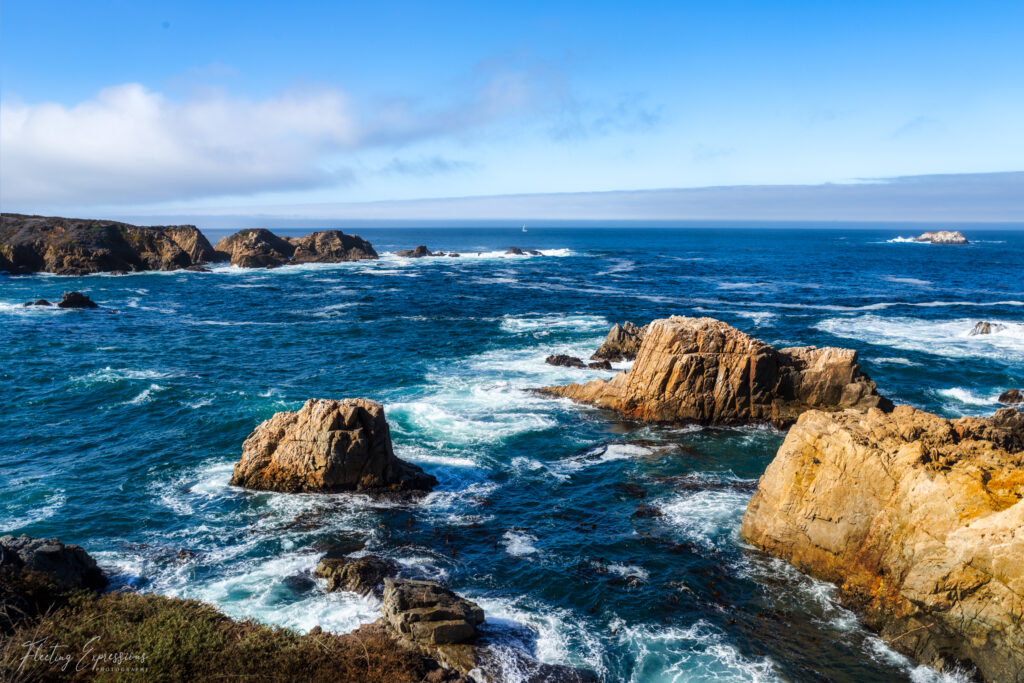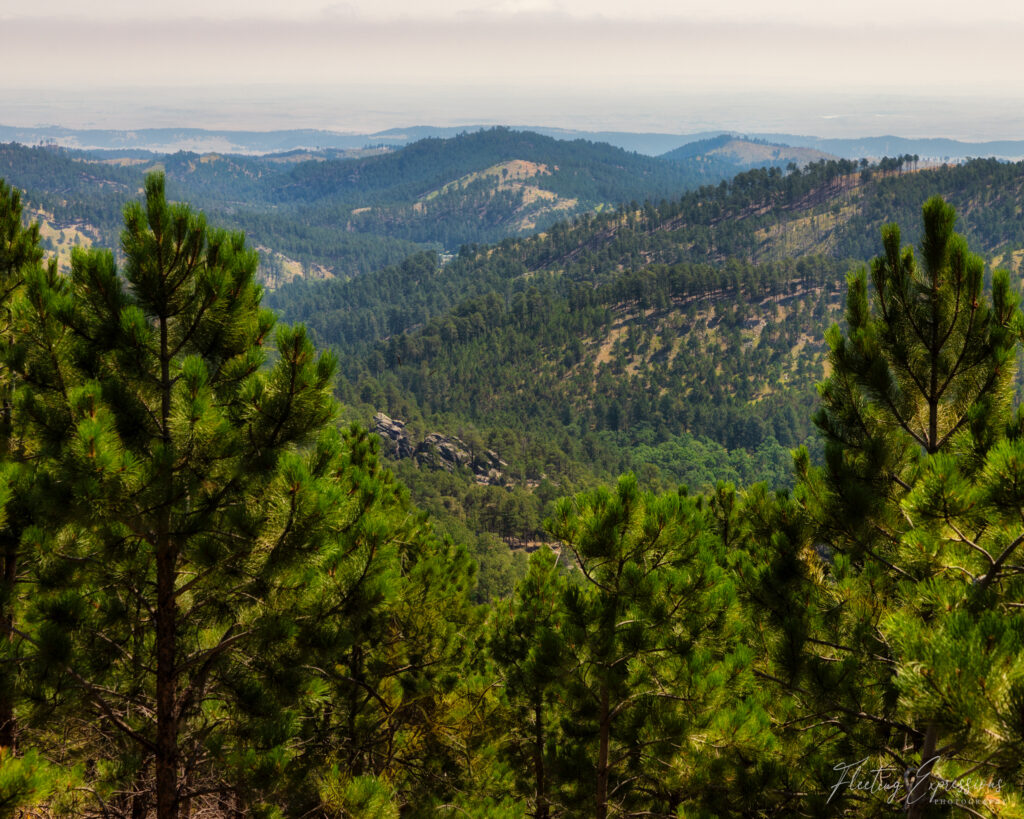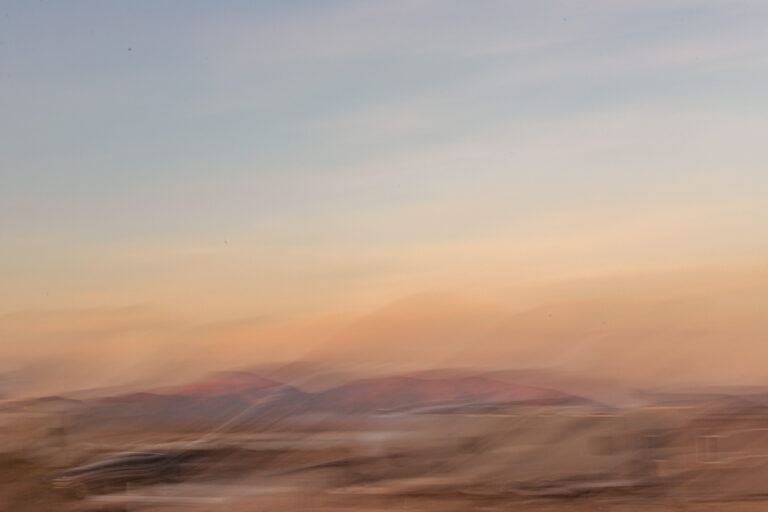
What is ICM?
Welcome to the fascinating world of Intentional Camera Movement Photography, where every click is a brushstroke painting on the canvas of nature! In this post, we’ll go on a photographic journey, delving into this distinctive technique and the unusual ways it breaks from traditional photography.
Let’s start by defining ICM. ICM, or Intentional Camera Movement, is a photography technique where the photographer purposefully moves the camera during the exposure to create intentional blur in the image. Rather than freezing a moment in time with a sharp focus, ICM introduces a dynamic and artistic element by allowing elements within the frame to blend and flow. This intentional blur can transform static scenes, adding a sense of motion, emotion, and abstraction to the captured imagery. ICM is often used to convey a unique and expressive perspective in photography, breaking away from conventional notions of clarity and sharpness.
I’ve tried this technique before but never really spent time practicing it or trying the different styles of movement. Horizontal, vertical, wave and double exposure were the styles I tried for this post. My inspirations for trying this technique were Stephanie Johnson and Mark Denney. Both have had some great results and watching their videos ignited my creative spark so out I went with both my camera and my iPhone to practice.

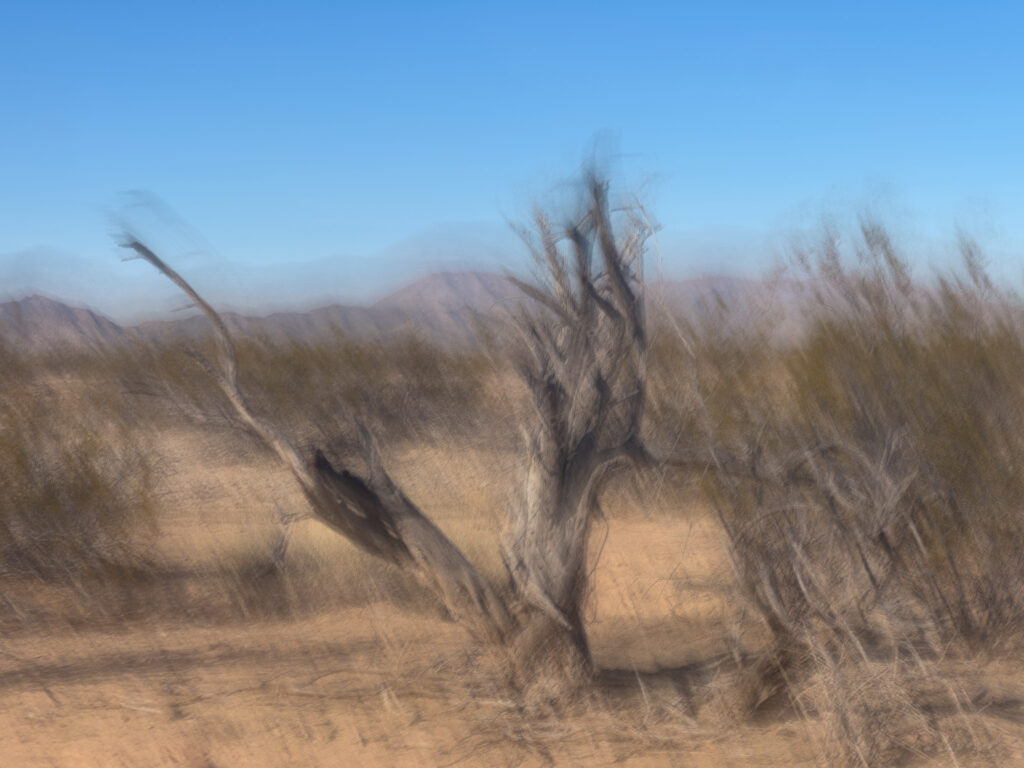
Getting Started with ICM
As I mentioned above, I shot the images in this post with both my Canon DSLR and my iPhone 13 Pro. With a DSLR, raising the aperture as high as possible or adding an ND filter will help you achieve a slow enough shutter speed to get great results. I used a 70-200mm lens to allow for a good focal range, but I think any lens will work and it is probably good to test a few and see what you like.
You can also achieve this technique using an app on your phone. I used Slow Shutter on my iPhone 13 but you can also try Even Longer (iPhone) or Camera FV5 (Android).
You can also try different focal lengths in the apps if your phone has that capability.
My first attempts were okay but not terribly impressive.
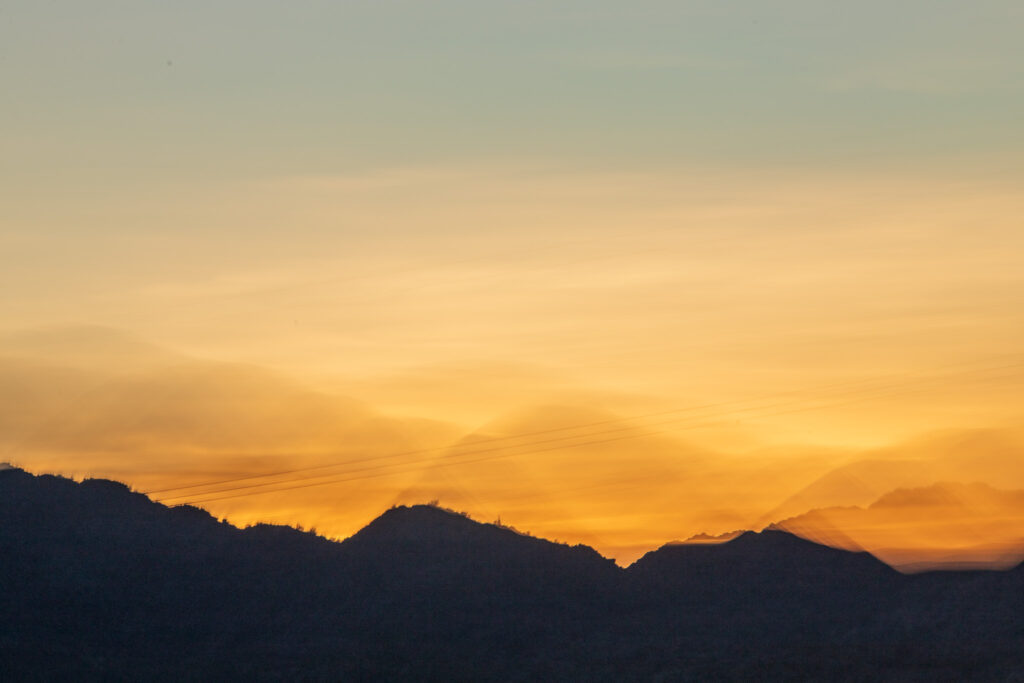
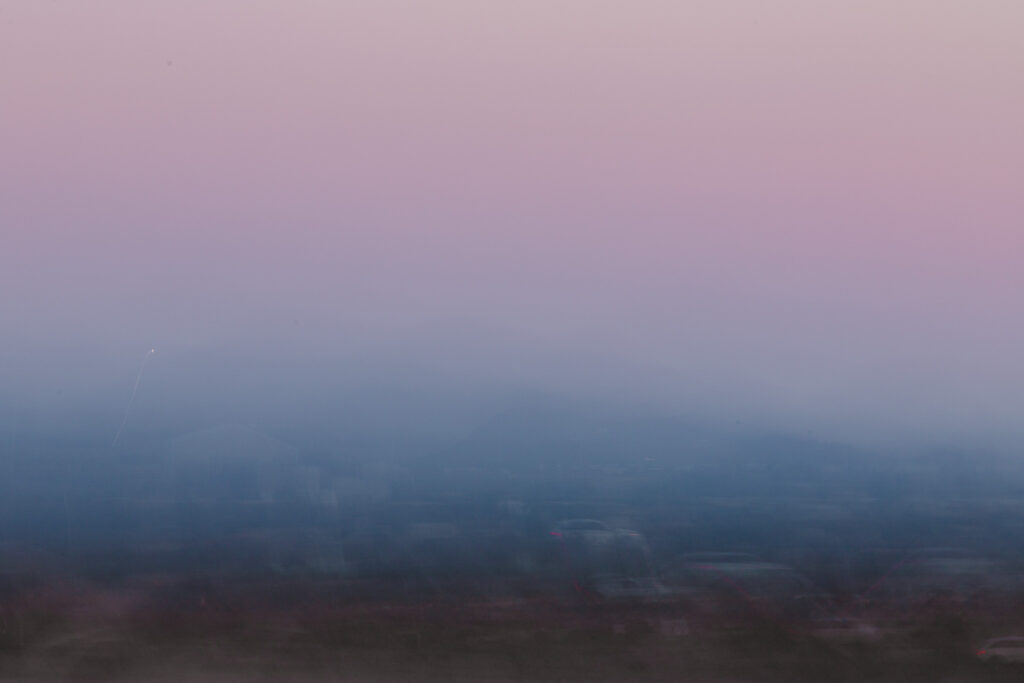
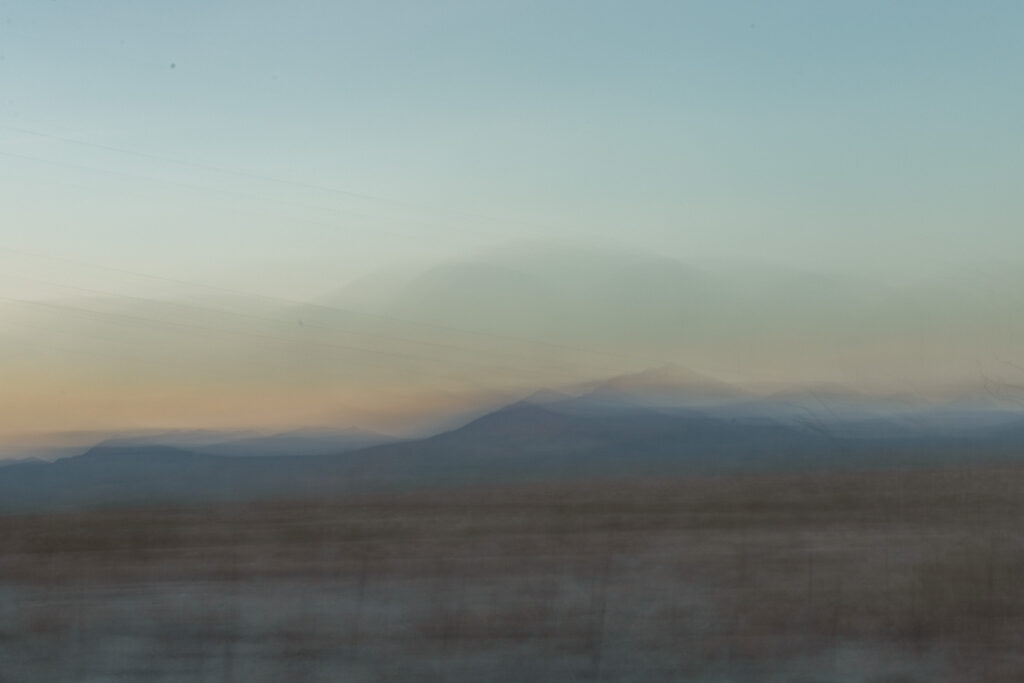
Essential Tips to Master ICM
Perhaps some basic tips would help! Here are a few ideas to help you achieve your artistic vision:
- Look for scenes that offer a rich tapestry of colors, textures, and contrasts. Vibrant landscapes, dense foliage, or urban settings can provide the perfect backdrop for your ICM experiments. Urban environments work well too! Try the technic with street scenes or indoors at coffee shops. The blur eliminates the need to protect subjects’ identities which is helpful if you accidentally photograph someone in witness protection. Just sayin!
- Experiment with a range of shutter speeds to understand their impact. Higher speeds capture distinct moments, while slower speeds introduce graceful blurs. Learn to adapt your shutter speed to the desired effect. A recommended starting shutter speed is 1/15. This will change based on your own vision and changes in the environment.
- Develop a repertoire of intentional camera movements. Practice panning horizontally, tilting, and experimenting with vertical movements. Each technique contributes a unique flavor to your visual narrative.
- ICM is not limited to specific lighting conditions. Experiment with the technique during golden hours, twilight, and even under artificial lights. Adapting ICM to various lighting scenarios expands your creative possibilities.
Mastering ICM is a journey, not a destination. Be patient with yourself as you experiment and learn. It’s through practice and exploration that you’ll refine your skills and develop a unique style. So out I went again armed with more information!
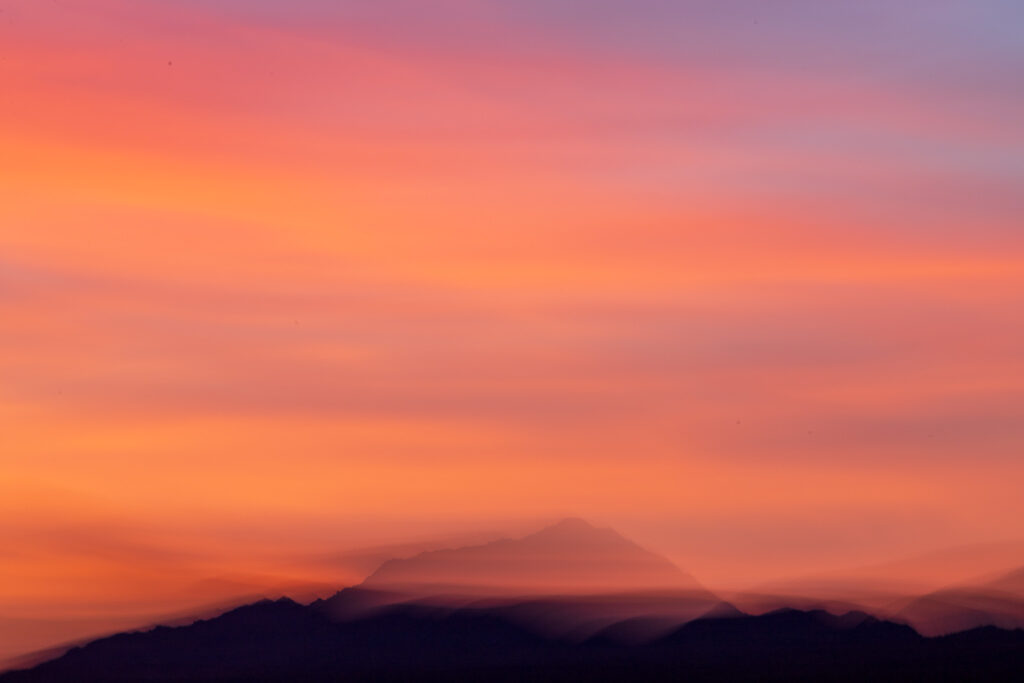
The mountains added some context to the story and the vibrant sunset added some punch!
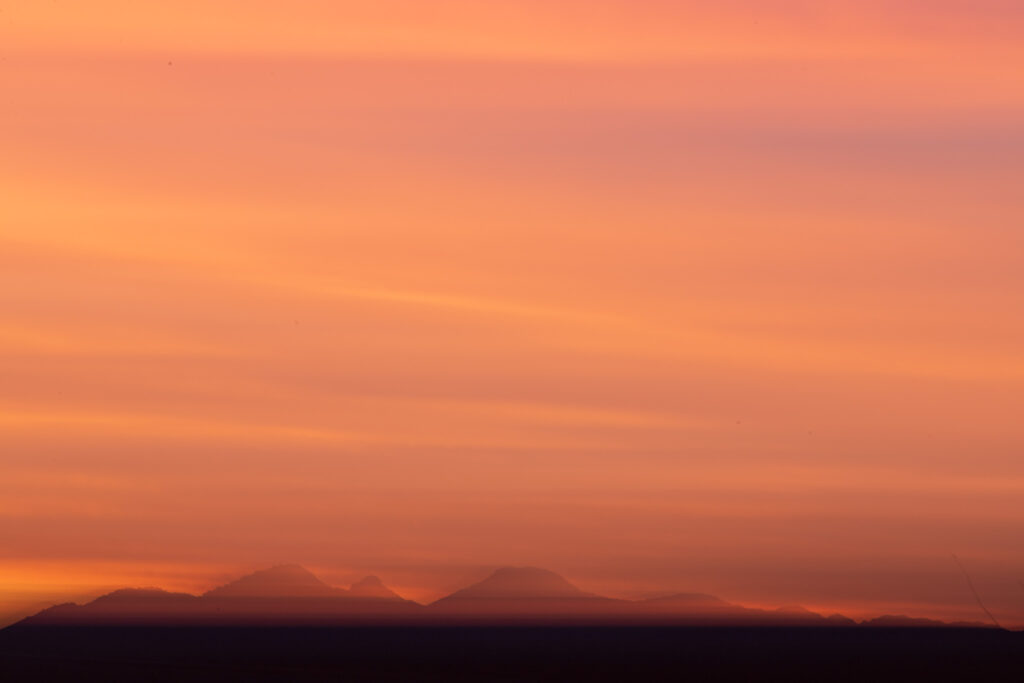
Looking in another direction with similar mountains and colors.
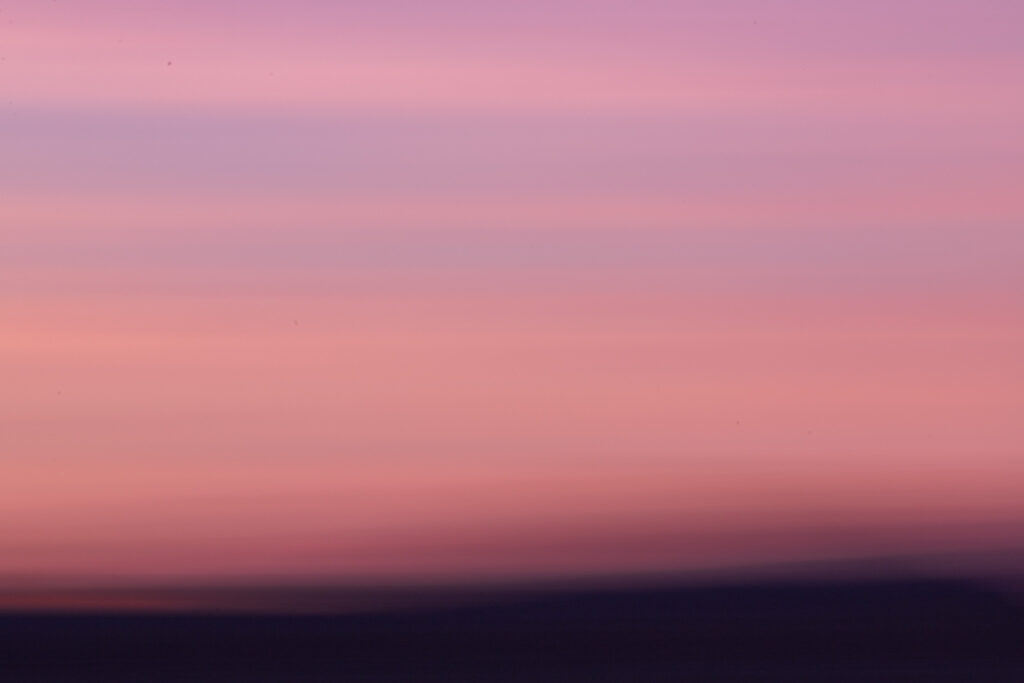
I really liked the pink blur but unfortunately there were no mountains in this direction.
Mastering Movement
Experimenting with diverse movement techniques will unleash your creativity. From deliberate pans to whimsical tilts and sweeping side-to-side movements, each effort contributes a distinctive visual effect to your artistic canvas.
The movements I tried out for this post were vertical panning, horizontal panning, and twirling. I also tried some double exposures with these combinations. I found that the more I practiced the more I liked the results. The first set of images (above) was taken mid-afternoon on a sunny day. I used my 3-stop ND filter to cut the light and allow for a slower shutter speed.
I decided to try going out at sunset, hoping to capture more vibrance and texture. This time I used a slower shutter speed and the colors were just amazing. I also tried the multiple exposure method and got some really interesting layers.
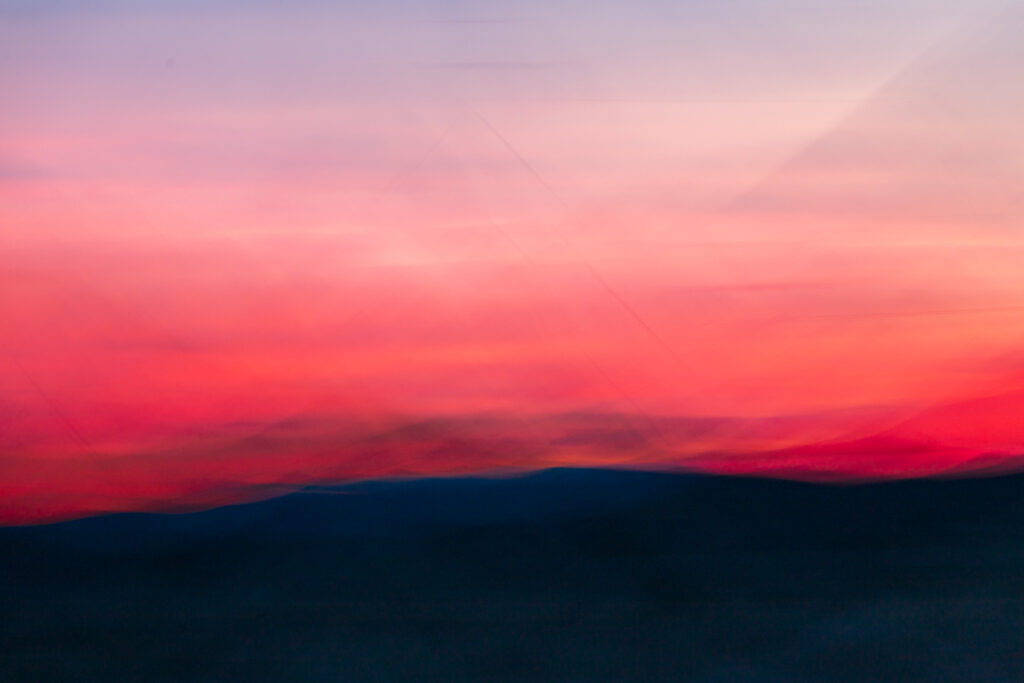
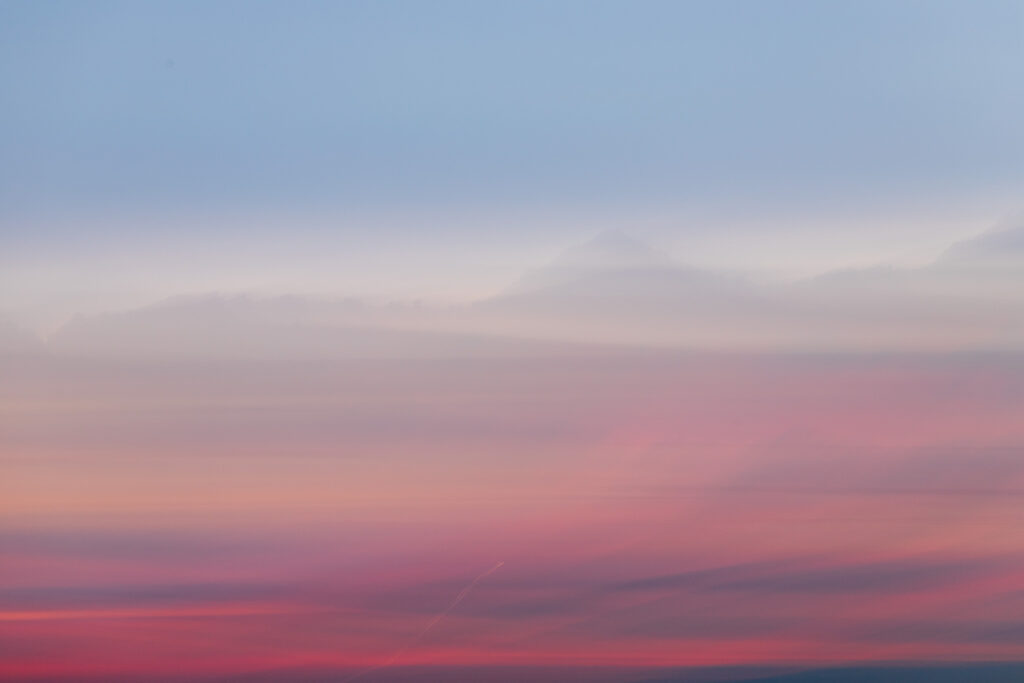
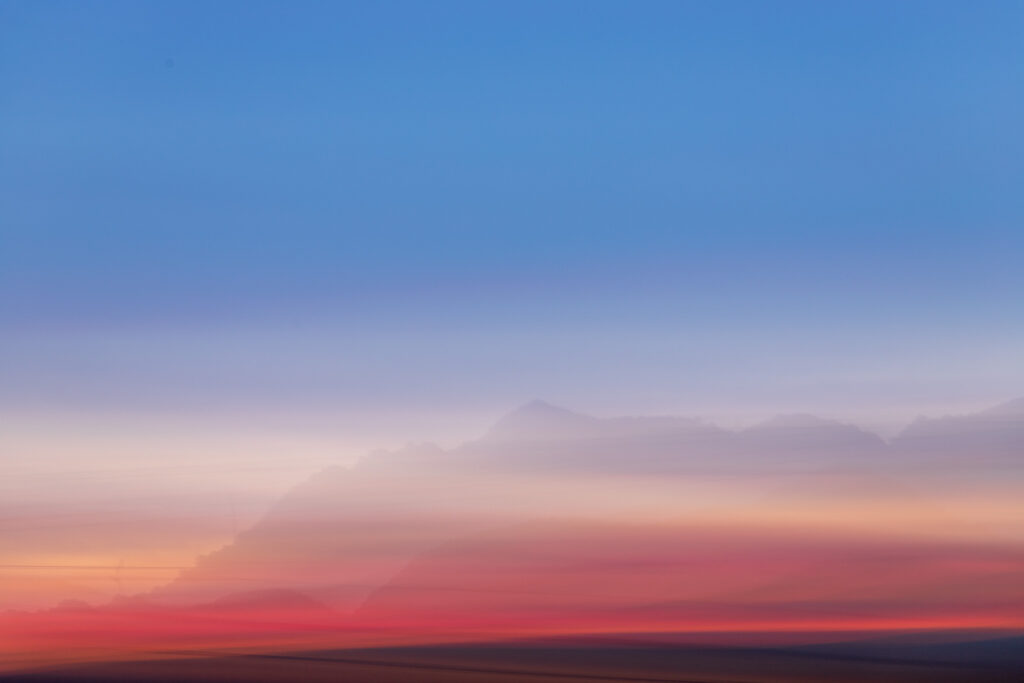
A few days later, I noticed the sky was filled with really puffy clouds around the mountaintop and decided to give the mid-day shooting another try. This time I used a 6-stop ND filter and was able to get a much slower shutter speed. I also tried twisting the camera which produced some interesting results! I wish I had taken more attempts at the clouds in the sky but I did like the color combinations of the rest of the series.
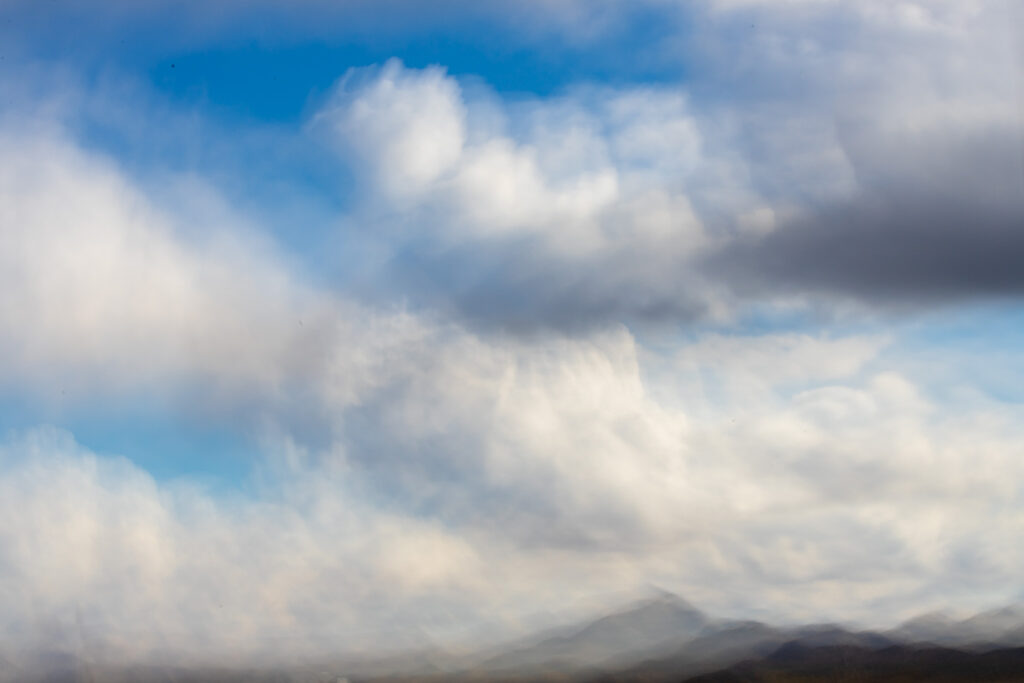
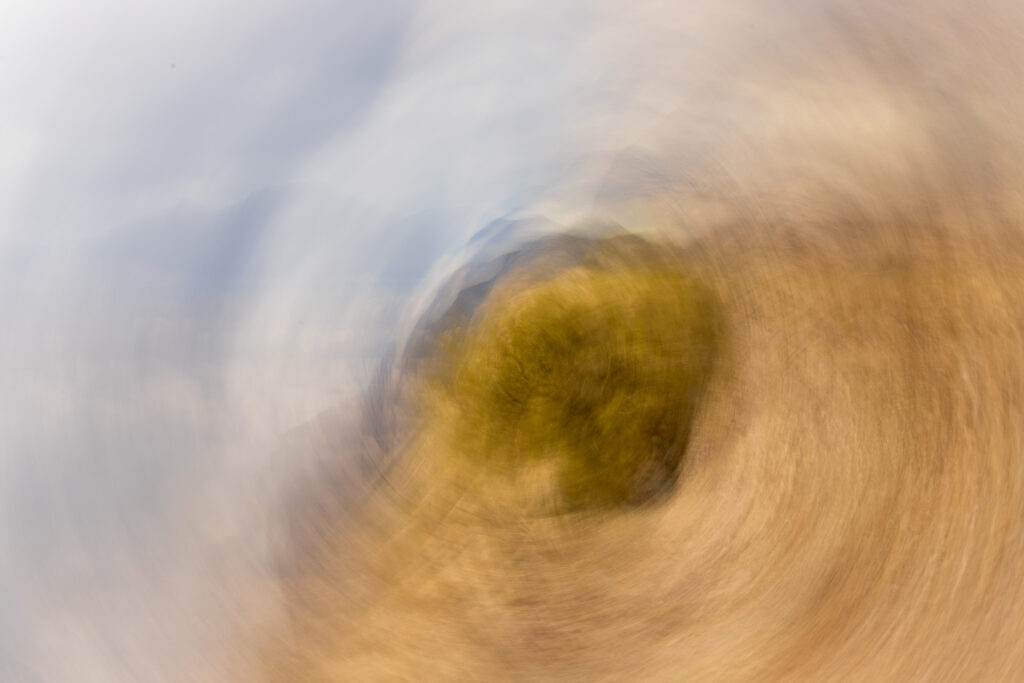
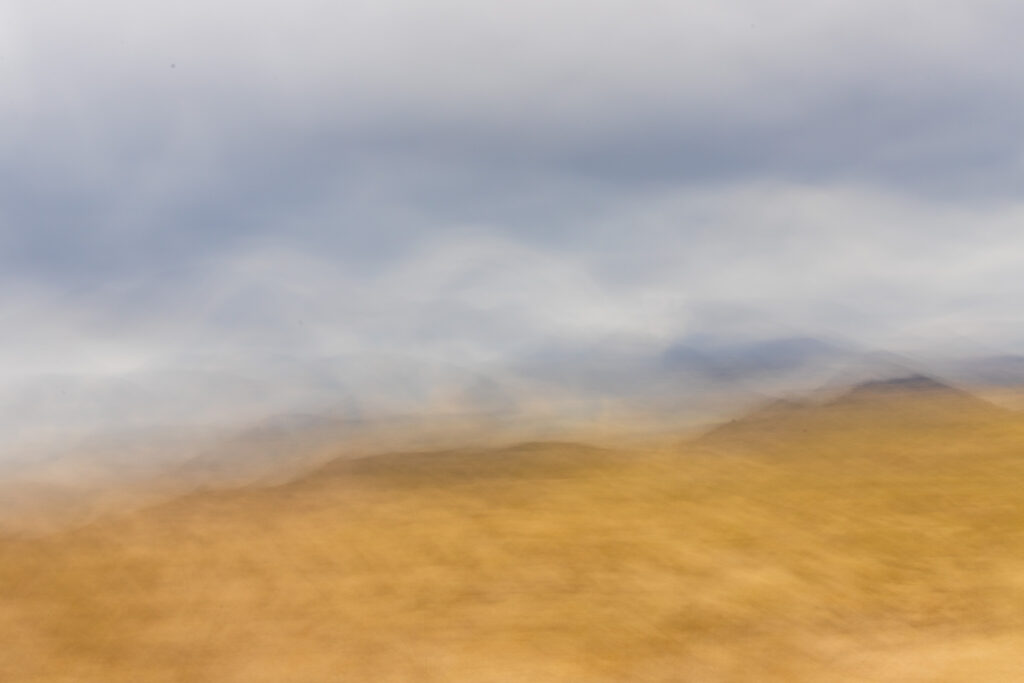
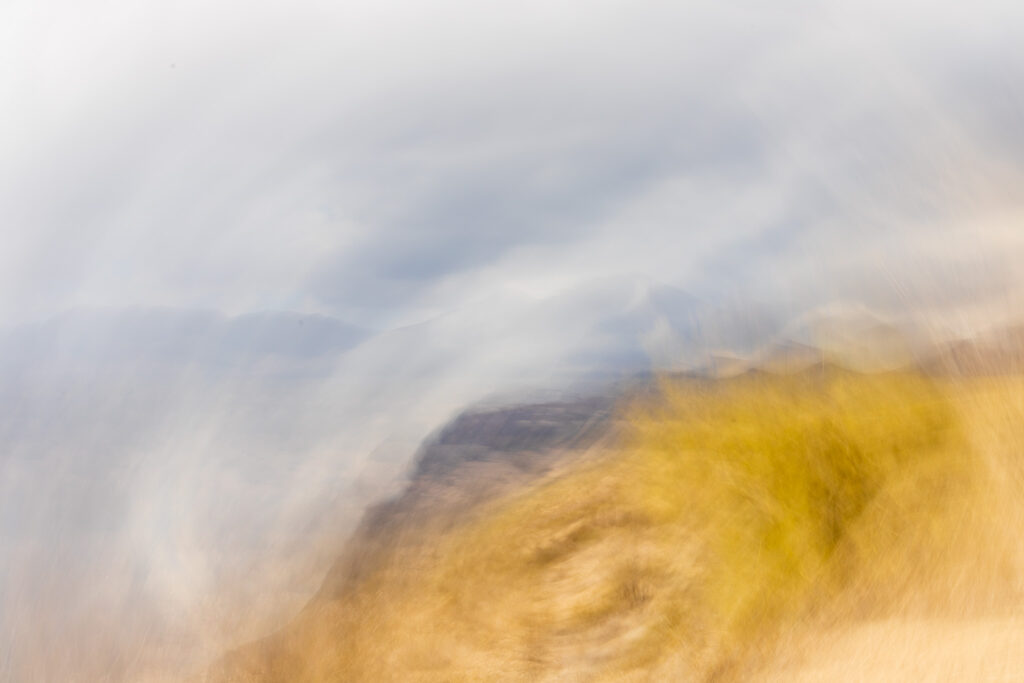
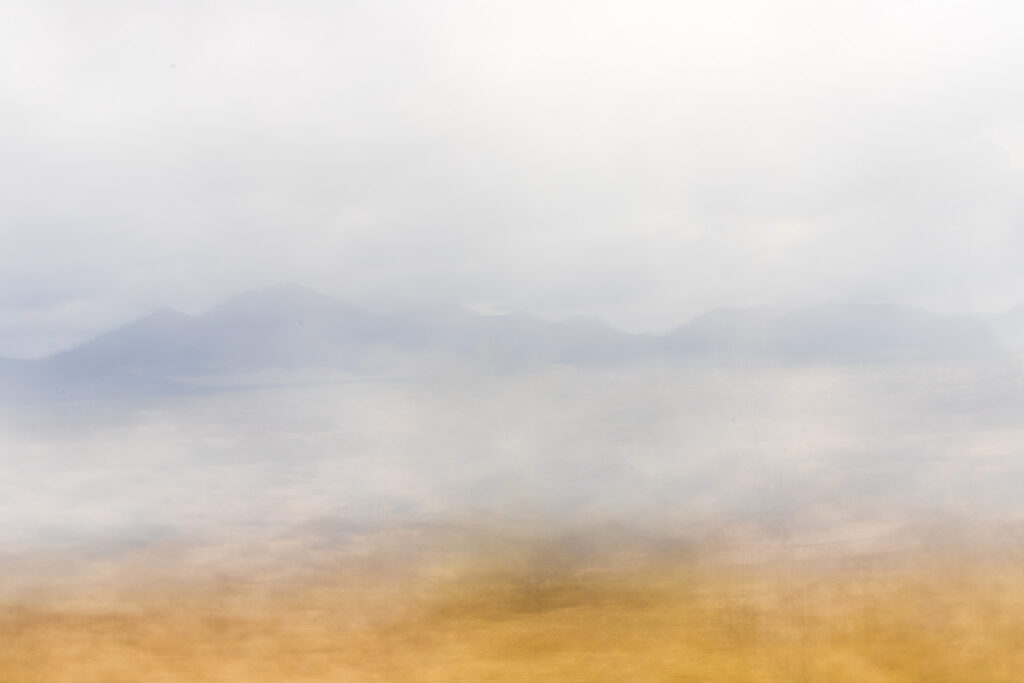
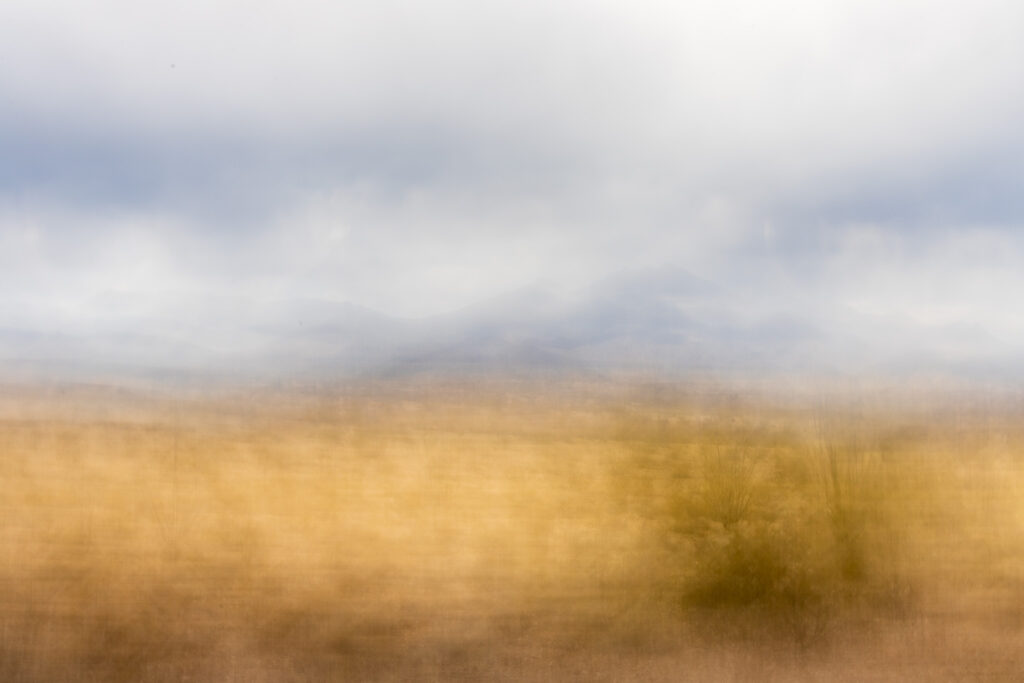
Showcasing Creative Effects
If adding an artistic flair to your nature images is your goal (or even just something you’d like to try) then ICM photography is a perfect technique to learn! Art is subjective so start breaking rules and create a masterpiece!
ICM breathes life into nature’s wonders through the combination of color and texture and the movement of your camera. I chose the desert landscape to try it out because, well, that is where I am at the moment. But I can’t wait to try it in other environments, like forests with trees that sway like dancers. Or coastal vistas where waves become textured brushstrokes.
Incorporating blur in your image tells a story. It adds mystery, nostalgia, and a sense of fleeting beauty to the image. In the world of nature photography, emotions unfold in the dance between clarity and ambiguity. In the future, I want to try this technique with street photography. I think people in motion will be fun in the right cityscape. Bodies of water, such as rivers or waterfalls, could be perfect subjects for ICM as well. I love to shoot waterfalls and I imagine the result will be a silky, representation of the scene.
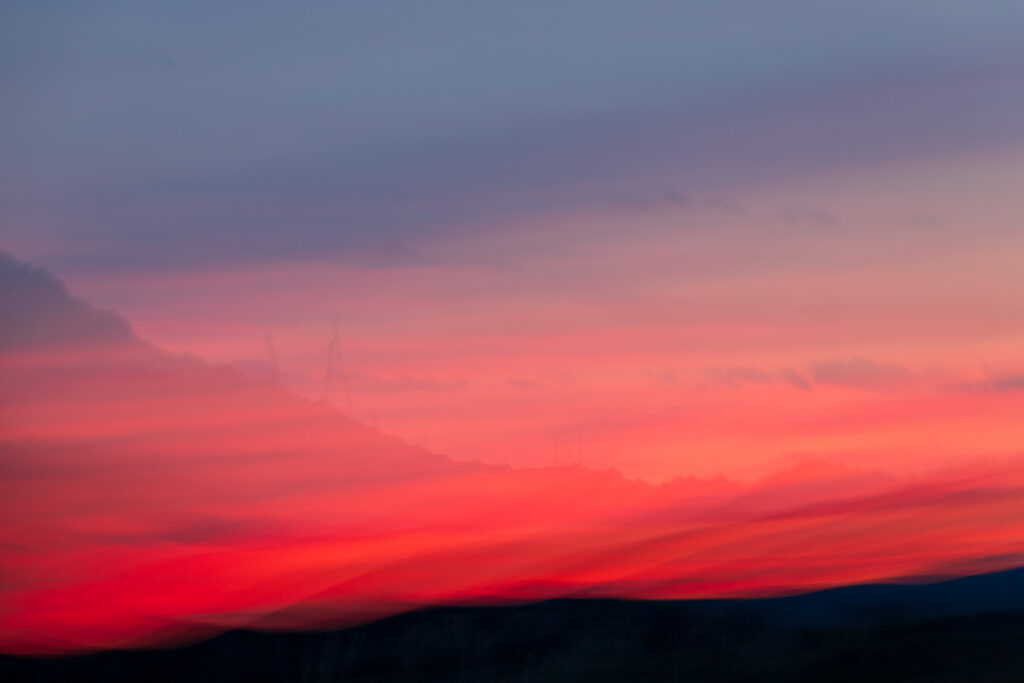

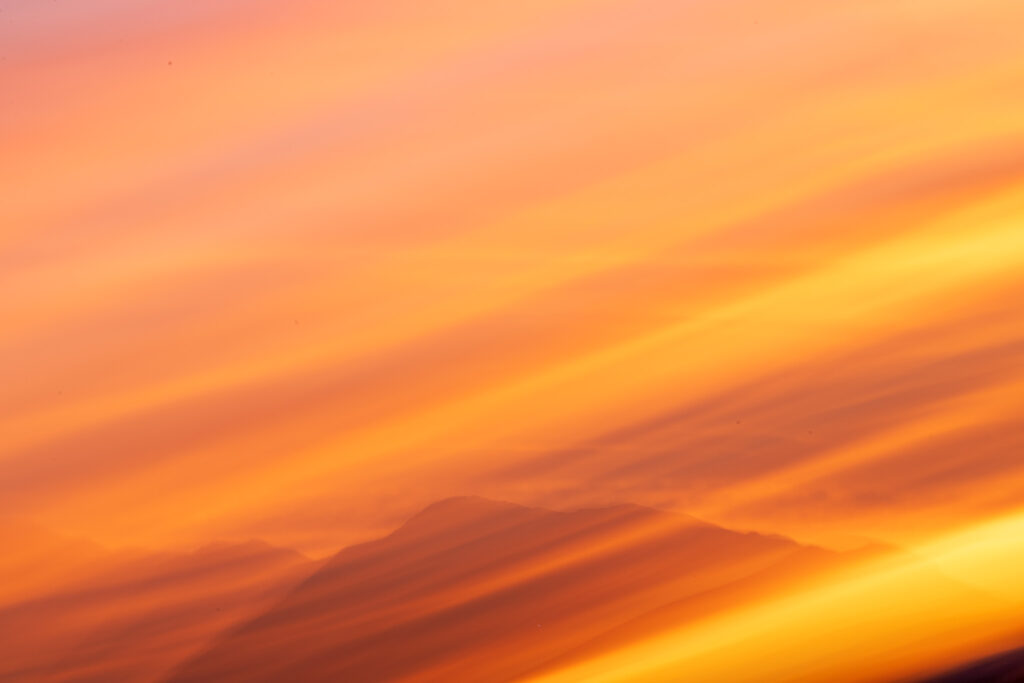
Tips and Tricks
Refine your technique by experimenting with different scenarios and subjects. Hone your instincts to synchronize movement and shutter speed effortlessly. The finesse lies in your ability to intuitively adapt to the rhythm of the moment. This probably won’t feel natural at first but keep practicing!
As with any artistic endeavor, challenges can (and probably will) arise. Combat overexposure by using filters and higher apertures. Maintain composition integrity and embrace the unpredictability of nature. Overcoming these hurdles is not just about mastering ICM; it’s about embracing the beauty of imperfection.
For me, I wanted to have creative flexibility with my nature shots. This technique is perfect for shooting during those less desirable times of day which gave me more time to practice, more possible subjects, and pushed me to stretch my creative muscles. Knowing why you are picking up the camera can help create the vision for your image and help you stay on track when challenges arise.


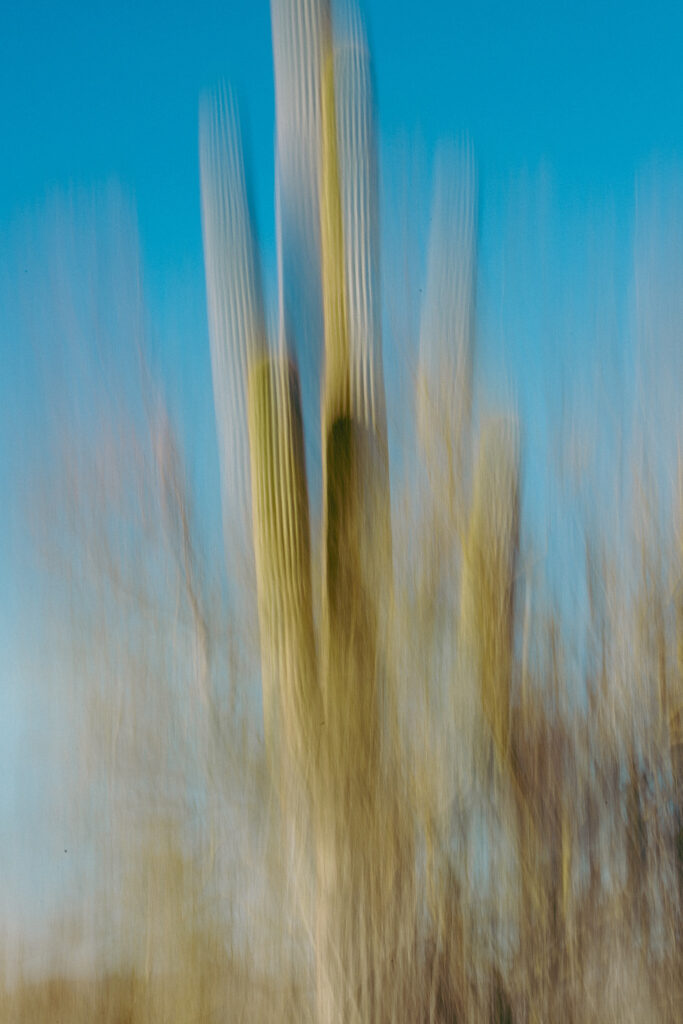
Conclusion
Incorporating ICM into your nature photography is an invitation to explore and reinterpret the natural world. It’s a dance between the stillness of landscapes and the dynamic strokes of your camera, allowing you to craft evocative images that transcend traditional boundaries and speak to the heart of artistic expression.
I hope you get out there and give this technique a try! Share your experiments, successes, and the stories your blurred images tell! Tag me on social media or send me some of your photos in an email or direct message! I would love to see what fabulous images you create!
Share this post

Shelle Wood
Hey there, fellow adventurer! I'm Shelle, and I've traded the ordinary for the extraordinary. I'm a nature and travel photographer who's always on the lookout for the next breathtaking shot and the most incredible destinations to explore.
